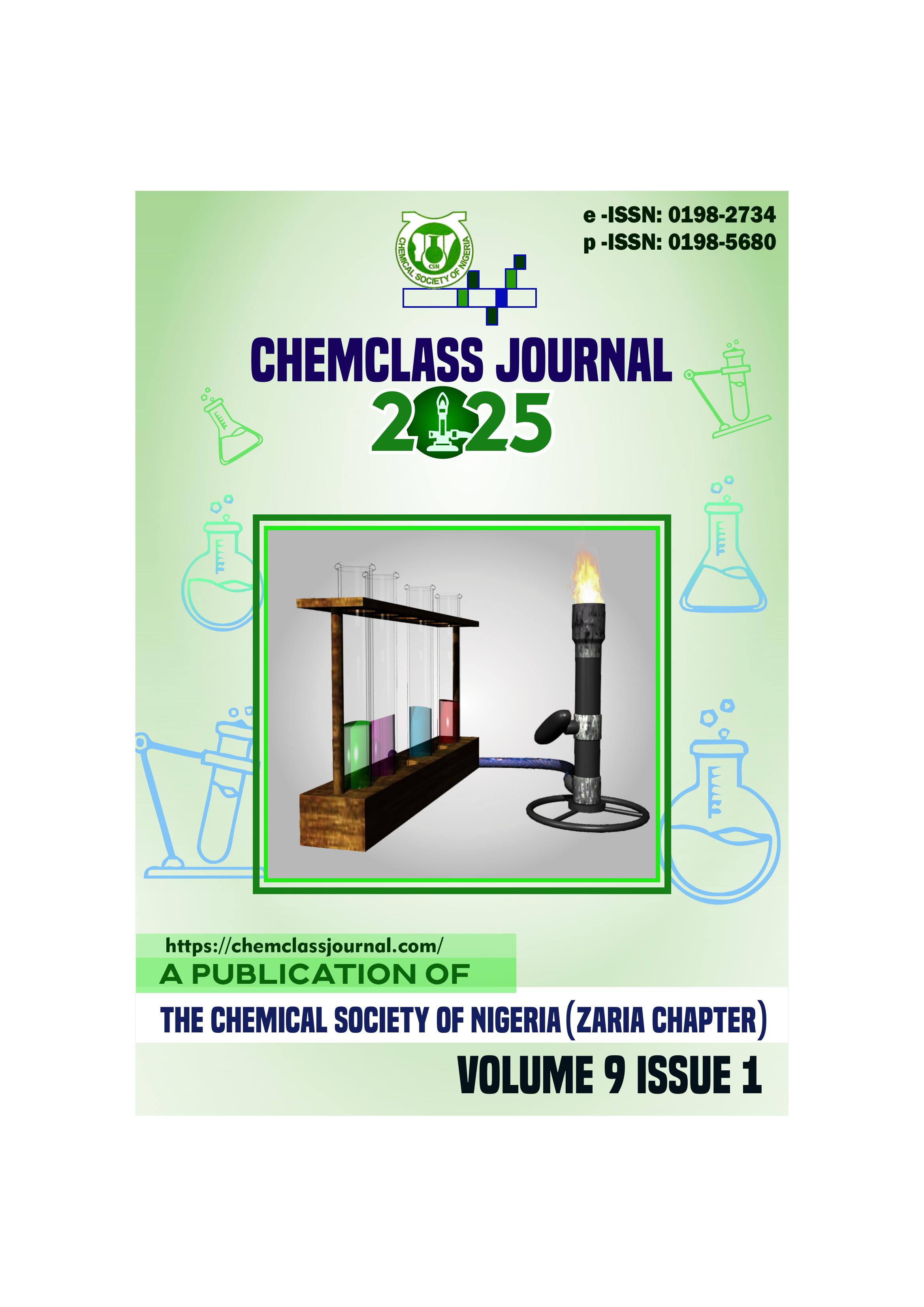Bioremediation Potentials of Partially Purified Chromate (VI) Reductase Isolated From Trebouxia erici in Waste Water
DOI:
https://doi.org/10.33003/Keywords:
Chromate (VI) reductase , purification , bioremediation , wastewaterAbstract
Chromium (VI) is a toxic and carcinogenic metal ion that contaminates wastewater from various industrial
sources. Bioremediation using chromate (VI) reductase enzymes offers a promising solution for removing
chromium (VI) from wastewater. In this study, chromate (VI) reductase enzyme from the lichen Trebouxia
erici was partially purified and characterized. The 2.23-fold partially purified enzyme with a 33.3% yield,
was found to have a high specific activity of 117mU/mg protein and a high affinity for chromium (VI), with
a KM of 0.103 μmol/min/mg and a Vmax values of 128 μM. Optimization studies revealed the enzyme's pH as 6.5 and temperature preferences of 40OC, along with its kinetic parameters, establishing its effectiveness under diverse wastewater conditions. Application trials demonstrated significant Cr((VI))
reduction in industrial effluent samples, highlighting its potential as an eco-friendly and efficient bioremediation agent. The enzyme was also able to reduce chromium (VI) with a rate of 10 nmol/min/mg
protein. Findings from present study demonstrate the potential of chromate (VI) reductase from Trebouxia erici in the bioremediation of chromium (VI)-contaminated wastewater.





 ChemClass Journal
ChemClass Journal
